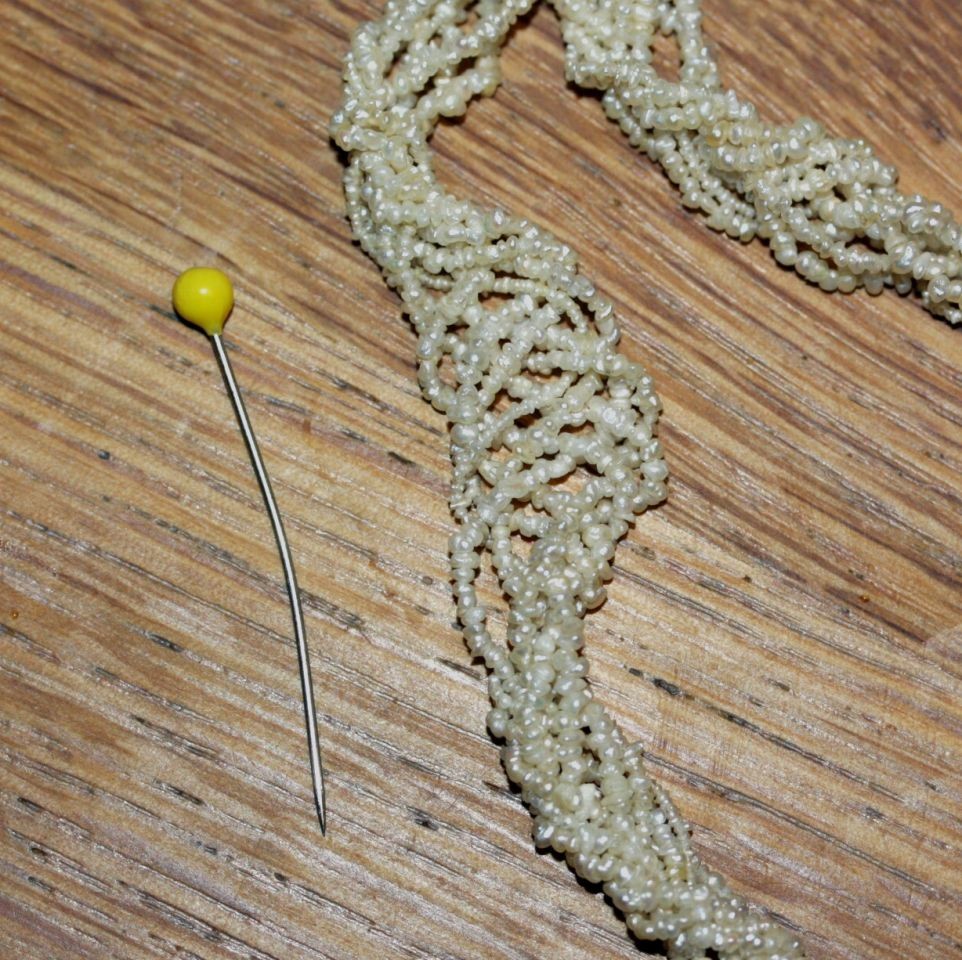If you're looking at medieval embroideries, you will, sooner or later, stumble across one that has been embellished with pearls. Seed pearls. As in tiny, miniscule specimens of pearls, smaller than anything you will easily get today. (Or get at all, in some cases.)
A while ago, I was looking for a source for pearls to do embroidery medieval style, but to no avail. The company that I found which in theory offered small pearls (with a diameter of 1 to 1.5 mm, as that's the size we're talking about) told me, on my inquiry, that they don't have pearls that small at all, and if they had, nobody would be able to drill a hole into them.
That was done, however. I'm wondering, together with a lot of other people, how medieval and early modern and modern people managed to drill holes into pearls so small that it seems you can hardly see them. With techniques possible in the Middle Ages...
To give you an idea of the tinyness of these things, compare the size of these seed pearls to the size of the modern glass-headed pin:
They are utterly, utterly tiny, and if anyone has an idea of how the holes might have gotten into these pearls, or how they may have been strung up, or sewn to a textile (these haven't, of course, but others did) they would be more than welcome!
